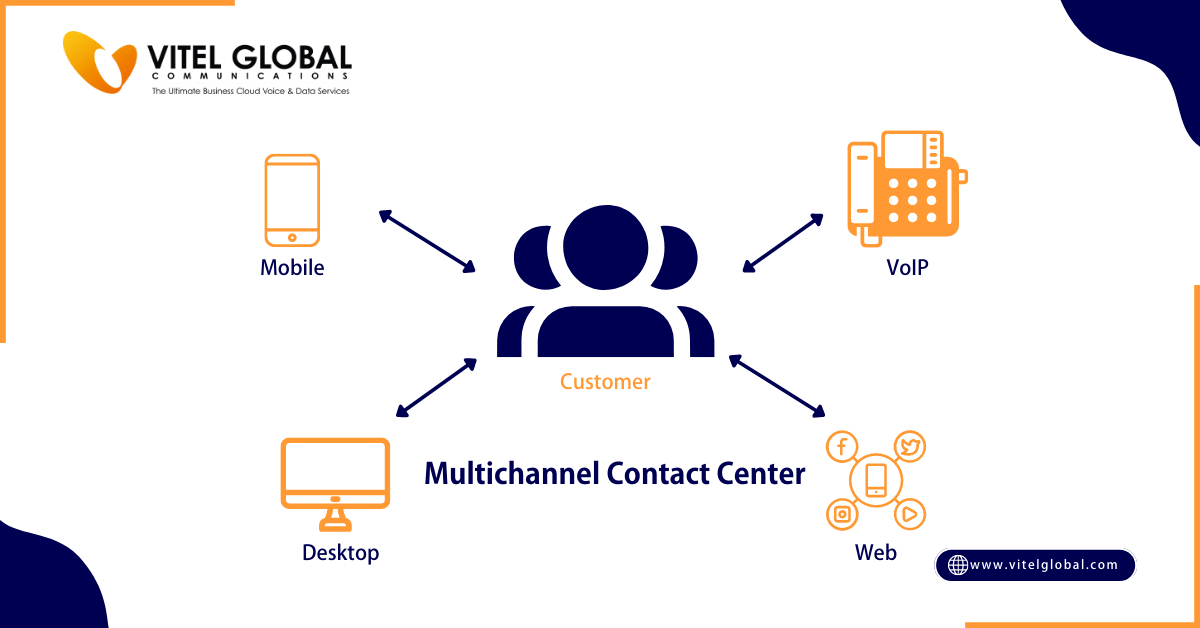Future of Voice Assistants in Contact Centers

5 min read
Contact centers have entered a new age with the introduction of voice assistants. It can provide information on customer questions and requests in real-time. From scheduling an appointment to answering diagnostic questions about service-related problems, these tools are instrumental in reducing contact center staffing needs.
The future of voice AI in contact centers holds much promise but is currently in its infancy. It will change the way customers interact with contact centers and could provide a significant competitive edge for companies that take steps to remove this challenge from their businesses.
However, early adopters must be prepared for a lot of change and disruption as these voice assistants develop. While the general public may be more familiar with AI-enabled hearing aid devices and Siri on their smartphones, it can take time for consumers to get used to talking instead of typing.
Let Us See Some Trends And Developments To Expect In The Future
It will become easier to use over time. While voice assistants may be cheaper than other technologies currently on the market, consumers perceive them as more complex because they must understand how the devices work before using them effectively.
1. Enhanced Customer Experience
It will evolve from existing voice recognition systems to reason with humans on a more human-like level. It will allow access to information on different topics, provide contextual navigation, and predict likely outcomes based on previous interactions.
2. Discovery
As it improves in design, it can become more sophisticated in its ability to recommend actions and fulfill requests. It could include identifying what products you view on a website and providing helpful recommendations.
3. Actionable Suggestions
The next step will be for contact centers to incorporate these capabilities for agents to proactively complete tasks previously completed by a client support team or sales team.
4. Personalized Interaction
It will serve as a single interface for agents to connect with customers and provide agents with the capacity to have a more personal connection by incorporating emotional data into the conversation. It includes conversations about solutions and services and topics such as weather forecasts, traffic, and news updates.
5. Integrated Communication Platforms
The ability for multiple platforms to interact is key to making contact centers more efficient. Given the increase in Virtual assistant integration into contact centers, we expect that systems such as Salesforce and Microsoft will soon be able to integrate this technology without any programming required by the call center team.
Learn more about Future of Business Calls
6. Multi-model Interfaces
The interface used for voice assistants is only one of many avenues, and voice assistants can connect with other technologies outside of contact centers. It includes using voice technology to interact with applications in a contact center, such as customer service software or scheduling applications.
7. Selecting The Right Voice Assistant Platform Is Going To Get More Challenging
The better-known virtual assistants on the market will become ubiquitous in homes and offices thanks to their popularity amongst consumers. However, as businesses look for ways to make their customer experience more efficient and seamless by adding it to the mix, they will have more options. For example, the Business platform can support various hardware from various manufacturers, each with its strengths and weaknesses. Marketers will need to do their homework first to get ahead of this deluge of choices facing businesses regarding which AI platforms they use to best reach their customers with these devices.
Differentiating Assistants
It has become useful for many people. As their integration into our lives becomes more and more complete, using voice assistant applications has become useful. This way, they can control different devices and automate some processes.
Benefits Of Voice Assistant
Support for Tasks
The voice assistant marketplace is full of different types of assistants. Some are focused on one type of interaction, such as booking social appointments or playing music, and others are designed to provide users with a more complete experience. These assistants might provide the same service in different ways, but they always have a few things in common – whether you’re asking for directions to the nearest hospital or looking for a route to the corner store.
Nowadays, many people with physical disabilities can only type mobile text messages and can’t speak out loud. Virtual assistants are improving in their accessibility. That’s why they need to be thought out by someone with a disability community because they can provide an alternative way to interact with the device.
Standardization
It has standardized many things. This standardization makes it easy to interact with other devices based on the same set of commands.
Saving time
Interacting using voice commands, instead of tapping on a screen is already very helpful. Since typing can be slow and difficult on some devices, using our voice is much more efficient for performing certain tasks. Also, this makes it easier to multitask while still communicating with the assistant.
Confidentiality
The information you provide to your voice assistant is obviously recorded in a log file. However, in most cases, the company behind the product can only access your data with your consent and approval.
Customization
Different voice assistants have different commands, and the user can adjust them to their needs or preferences.
Easy Integration into Existing Systems
Amazon Alexa, Google Assistant, Apple Siri, and Samsung Bixby are standard choices for voice assistants in devices like smart speakers and smartwatches. However, creating a platform that can be used to control more products requires much work. Creating one might take over a year and huge investments. The market shows that users don’t want to be forced into buying a new product just because they can use their favorite assistant.
Learn more about Unified CRM Integration
Competitiveness
It has many competitors. Each tries to make it more accessible for the general public and those with disabilities. As a result, the cost of creating a new device with a new assistant has been lowered significantly. Mobile and wearable devices are an important part of this competition.
Providing a Better Overview
People hate it when there are too many options and much information they need to process. With it, you don’t have any visual elements to distract, so you can focus on what is important and get the job done. Therefore, this will help improve the user experience for your customers.
Voice Assistant Analytics
As Voice AI in Contact Centers become increasingly capable, they can collect data on callers’ behaviors and preferences. These insights can help agents improve their performance. For example, a voice assistant who knows a customer’s buying preferences may proactively recommend similar products when the customer calls again.
Digital Workforce
As it becomes more adept at handling routine tasks, its use in contact centers could usher in digital workforce models. Virtual agents can be trained and deployed across multiple channels and roles within an organization – 24/7 with zero downtime and at a lower cost than traditional workforce models. Agents can even receive feedback from other chatbots during interactions to gain real-life skills.
Conclusion
Digital assistants are the new way to manage contact center agents, experts, and management. Although operators have been using chatbots as a conversational channel for years now, their role needs to be better defined, and they are often associated with poor-quality customer experience. The poor customer experience can be attributed to several factors, such as lack of training, limited conversation, lack of consistency, lack of understanding of contextual terms, and more. However, having a consistent approach to these issues will enable voice assistants to fulfill their role more efficiently by delivering a better customer experience.
Published: September 29th, 2023
Subscribe to Our Latest Updates
Get monthly product and feature updates, the latest industry news, and more!







